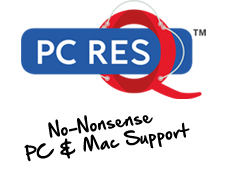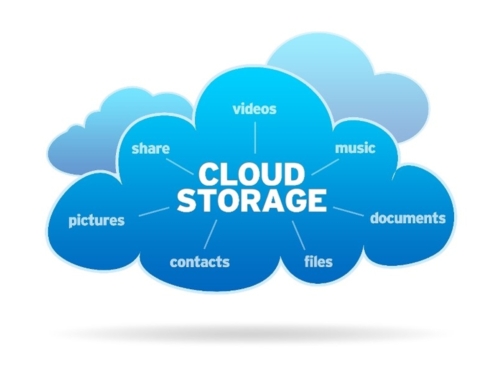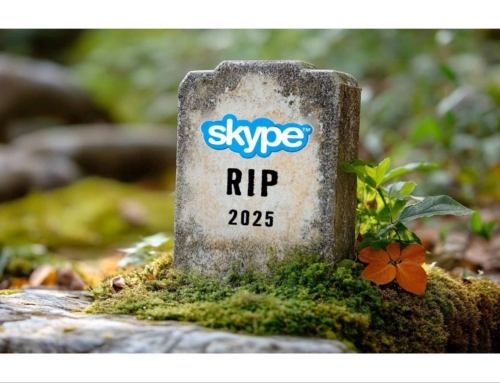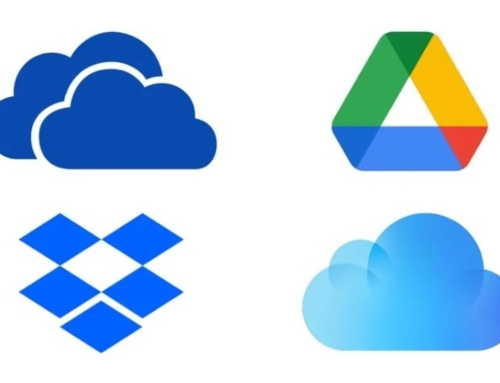A common error I see in peoples buying habits, is purchasing a piece of kit that’s ‘OK for now.’
It might save them a few quid today, but in the long term, it’ll cost them a lot more.
Imagine you buy yourself a nice-looking laptop, that comes with 120GB of storage, because you think this will be enough, as you just need it for basic internet and email access.
What you’ll find though, is that 120GB will get eaten up very quickly, even if you only use it to store a few pictures and documents. And that’s because your Mac or Windows system is constantly downloading updates and taking up more space.
And when a new Operating System (OS) is released, you’ll probably find that you won’t have enough free disk space to install the latest OS and keep it safe and up to date.
Or, you choose a type of processor that’s fine for your basic needs today, but when the time comes to upgrade to a newer OS, the performance might not be as good, as the processor isn’t able to cope as well with the updated system.
These are just two examples, but here’s a checklist for you, when it comes to buying a new PC or Mac.

✔️ Make sure the storage capacity of your new computer is larger than what you think you need. TIP: Go for a minimum of 250GB, but of course, this is dependent on the amount of data you have. Because, if you have 150GB of data, then it would make common sense to go for a 500GB instead.
✔️ For a Windows PC, at a minimum, go for an Intel i5 processor. And for an Apple system, go for the M-Series processor.
✔️ Avoid machines that come with a mechanical hard drive at all costs (referred to as either a HD or HDD). Make sure the storage is labelled as SSD, which stands for Solid State Disk. Taking this advice alone, will save you hours of waiting for things to load. And more importantly, you’re far less likely to end up with a faulty storage a few years down the line.
✔️ Extend the standard warranty. This can usually be increased to four years. The additional cost is miniscule, compared to the cost of repairing a fault out of your own pocket, if it’s outside the standard 12-month warranty. And in some cases, with the higher end models, they come with three years warranty included.
CONCLUSION
Buying a new system that’s more powerful, with more capacity than what you need today, together with an extended warranty, will pay you handsomely long term.
Avoiding the above suggestions, means that you’ll soon become frustrated with a poor performing system, with very little storage space left. And you’ll also end up spending more money to upgrade your current system or replacing it sooner than you’d like with another machine.






